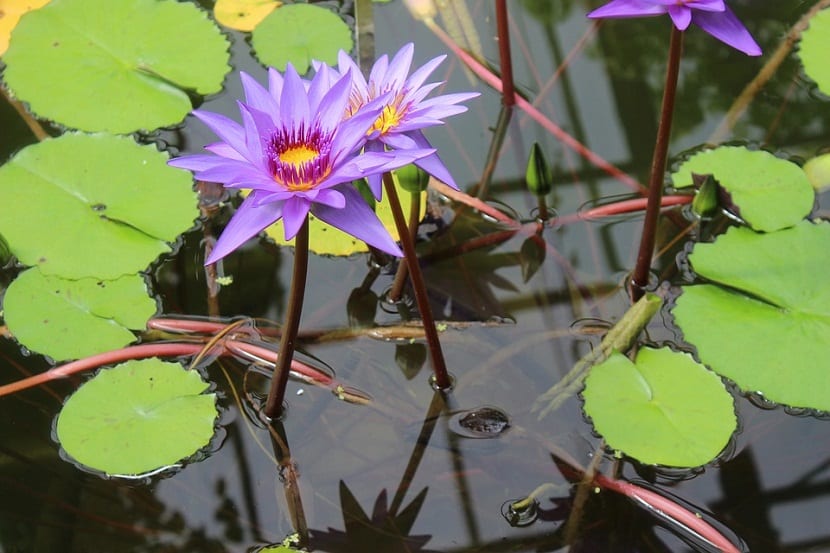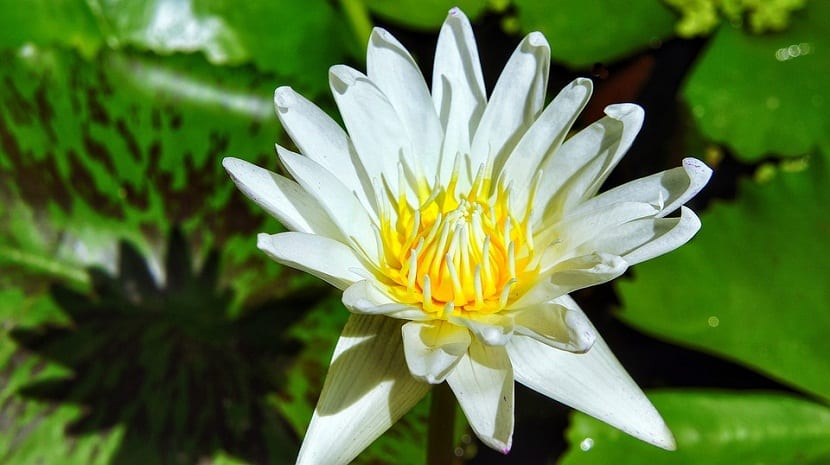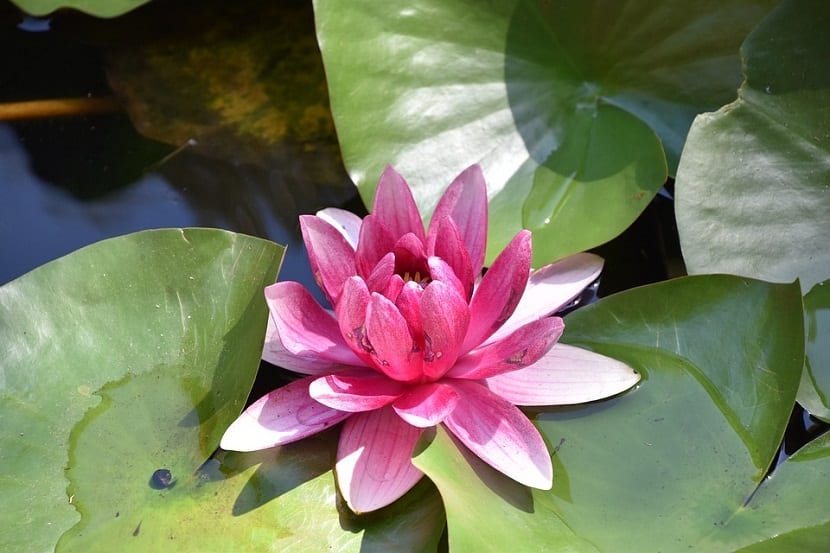
Aquatic plants or also known by the names hydrophilic or as hygrophilic They are those plants that are excellently adapted to aquatic environments such as lakes, ponds, ponds, swamps, estuaries, deltas, marine lagoons and also the banks of rivers.
These are plants that belong to both the groups of algae and bryophytes, or also to the vascular plants pteridophytes and angiosperms, which are different families of monocots and like dicotyledons.
What is an aquatic plant?

Their ability to adapt to the environment can vary. We can find different groups of these plants, some that are completely submerged, others that are the largest amount, that are partially submerged or ones that have floating leaves.
Usually they are fixed in the mud that is created at the bottom of the waters in which they are living, some of these can be free that are derived between two waters and in turn floating on the surface of it. These are species that are generally found, with the ability to adapt to an aquatic way of life, either in its vegetative part as well as in the reproductive part.
The means that this class of plants choose are numerous, we can find them in fresh waters, in salty or salubrious waters, the waters that are more or less stagnant, temperatures that are higher.
Aquatic plants are at the origin of what are the plant formations in a specific way, such as those found in mangroves.
Within the aquatic plants in the same way we can find a class aquatic plant that is carnivorous that is known by the name Vesicular alderrovanda, which have as their habitat the pools of waters that are initially acidic.
These aquatic plants are opposed by xerophilic plants that have the ability to adapt to the internal environment, as are most of the plants we often meet.
Characteristics of aquatic plants
In order to adapt to the aquatic environment, these plants have certain special characteristics.
Those that are permanently submerged and also absorb nutrients as well as exchange gases directly from the water. Which possess a part of their body out of the water They do not have as much resistance to losing water, these are opposed to plants that can adapt to dry environments, such as xerophytes, therefore the waterproofing coatings of the leaves as well as the stem are reduced and their stomata are open in turn arranged on the surface.

The oldest limit of aquatic plants, especially those that are fixed to the bottom, is to obtain the necessary oxygen so that its roots can breathe correctly. It is for this reason that many of them have a body that is full of empty spaces that represent channels where the air can circulate from the atmosphere to reach the roots and that in turn offer it the ability to float or to be able to stay. standing upright on the surface of the water, as is the case with water lilies or also the lotus flower.
If it is the case of trees like swamp cypressThese have special roots to breathe, called pneumatophores, which stick out of the water to reach oxygen. Aquatic plants such as duckweed have a chamber under their leaves that is filled with air, which allows them to float.
Another important factor in the ability of these plants to adapt to waterlogged environments and swamps is their ability to perform a biochemical process which helps prevent the accumulation of toxic products that are typical of low oxygen or anaerobic media conditions.